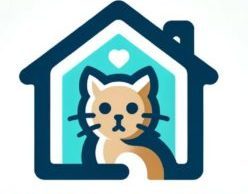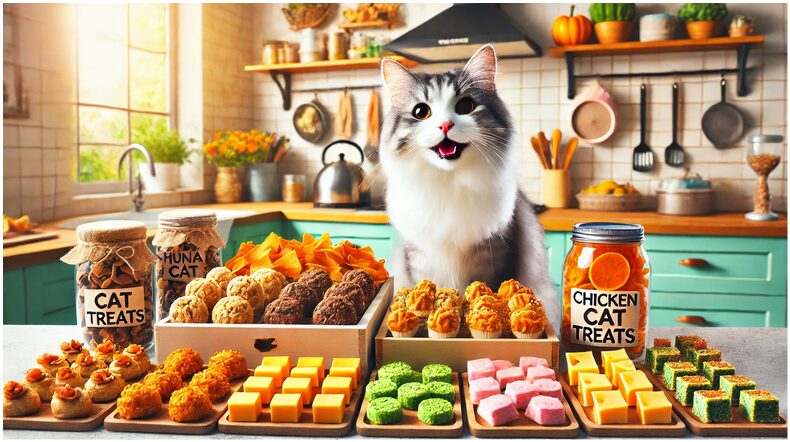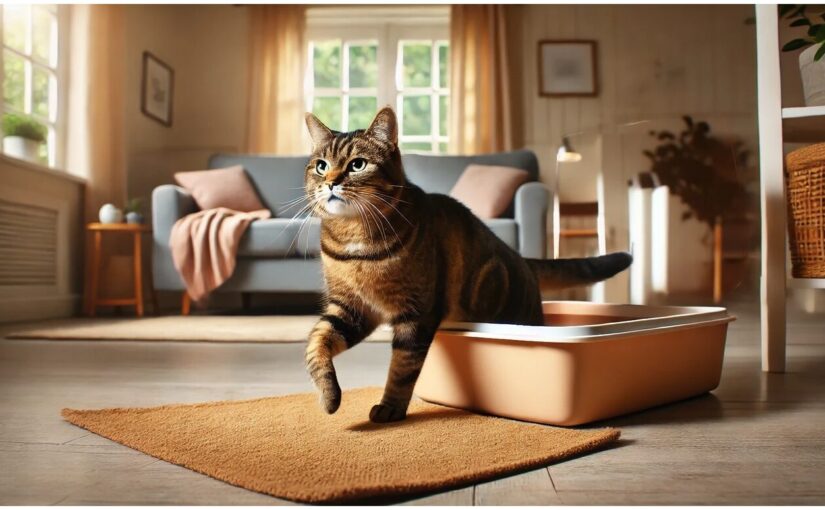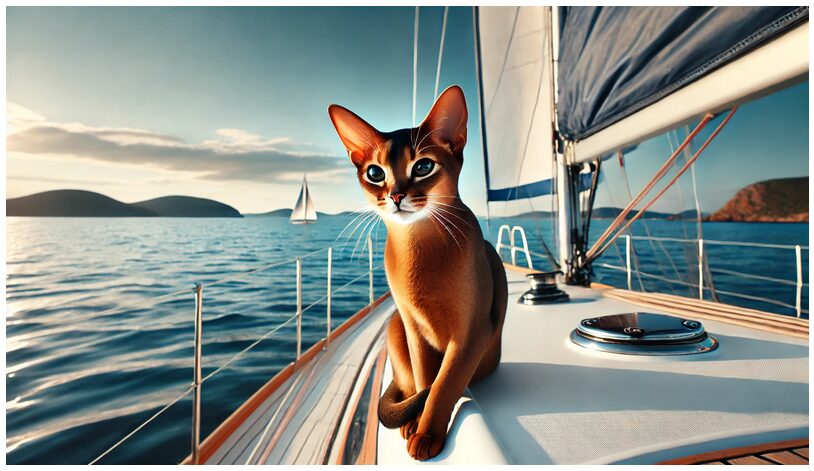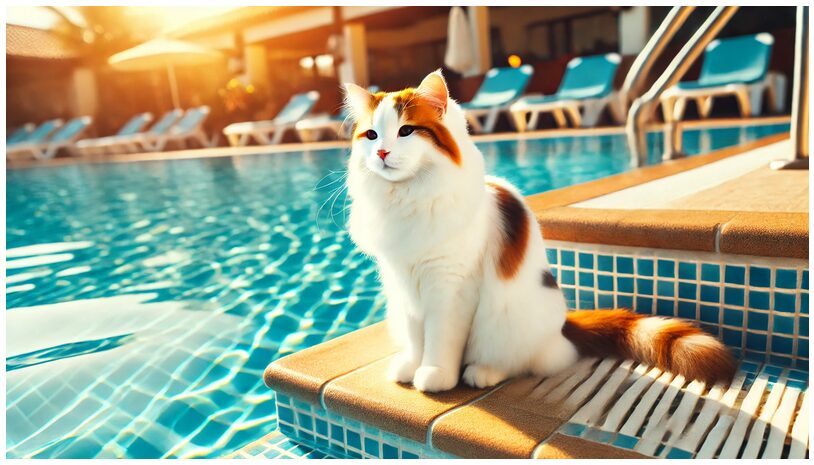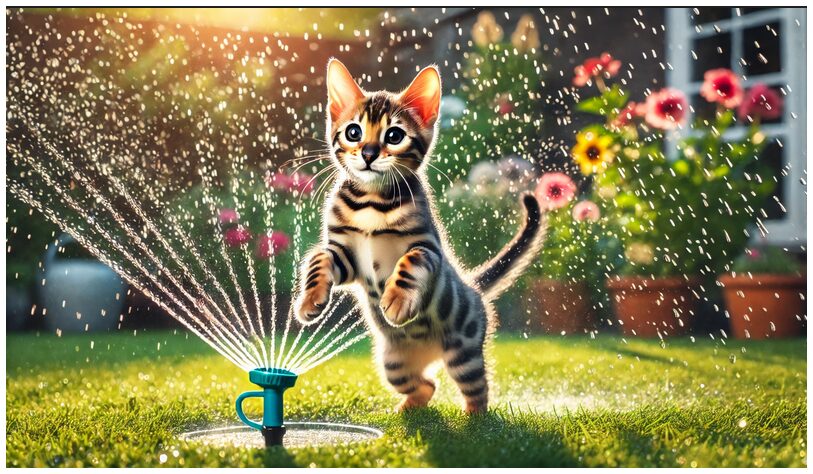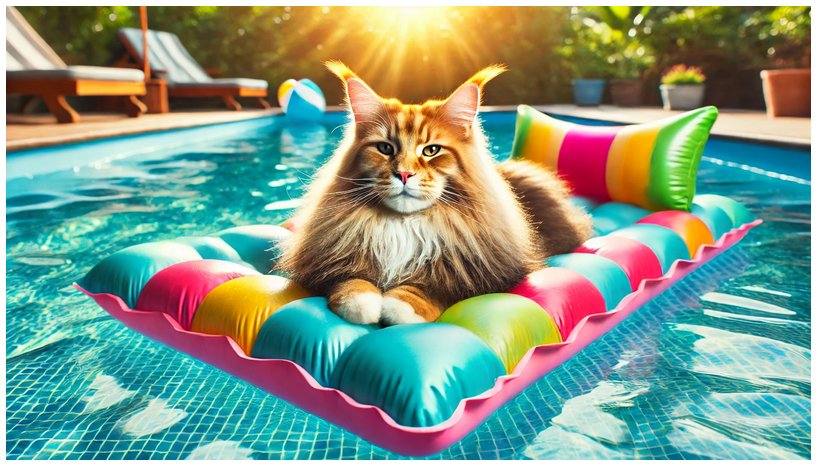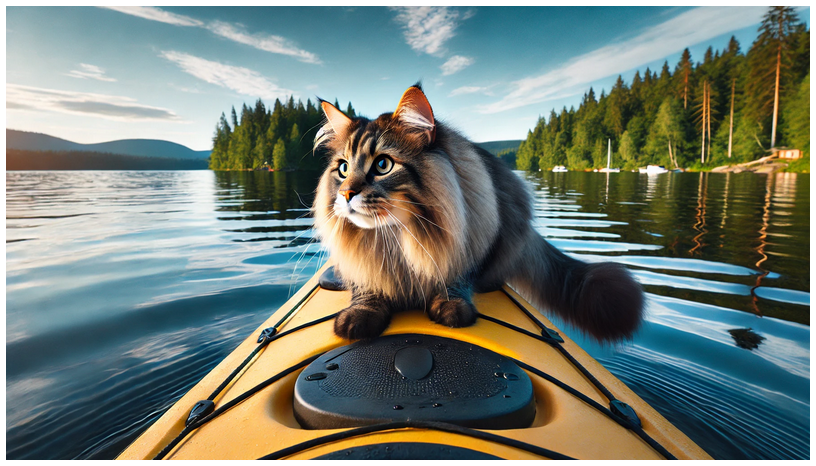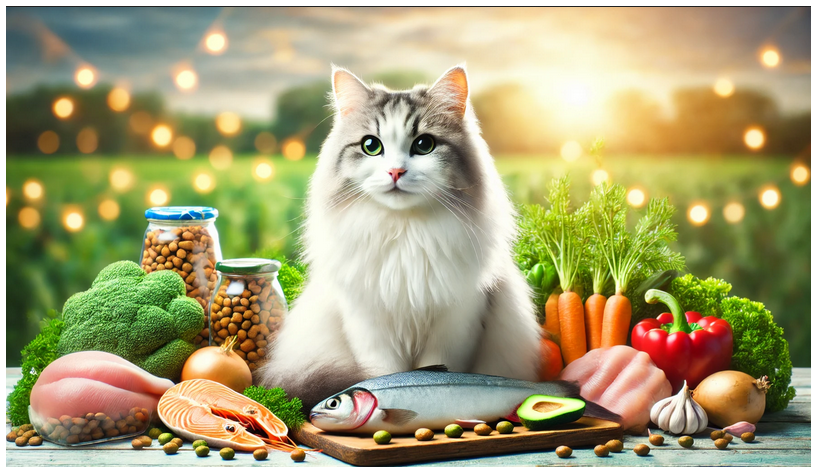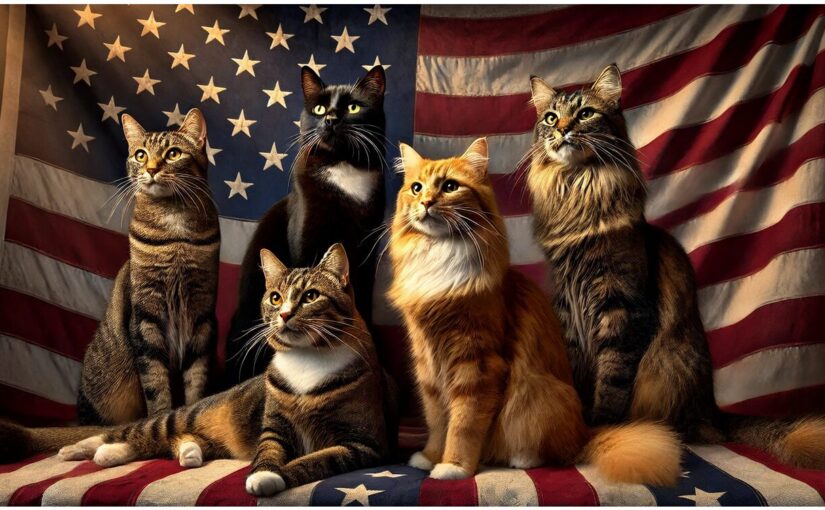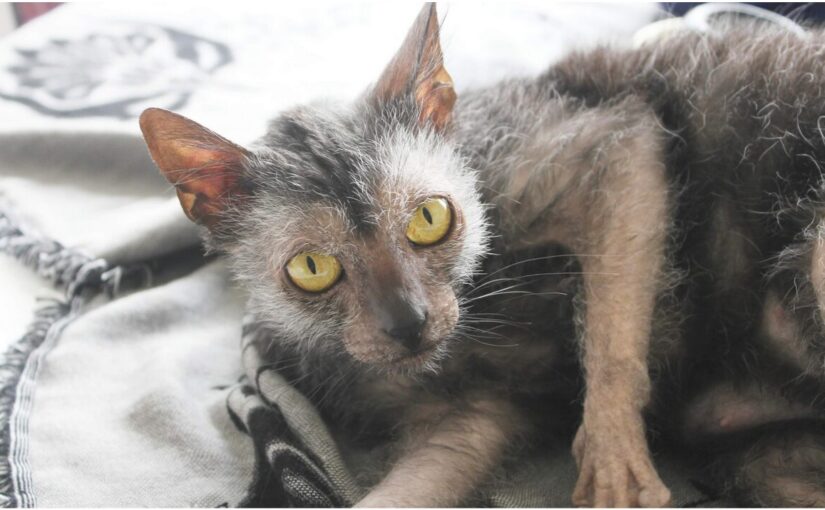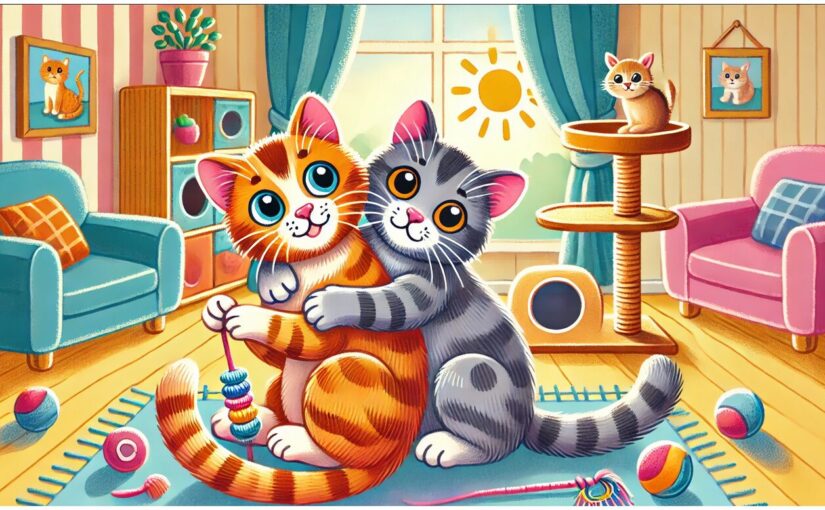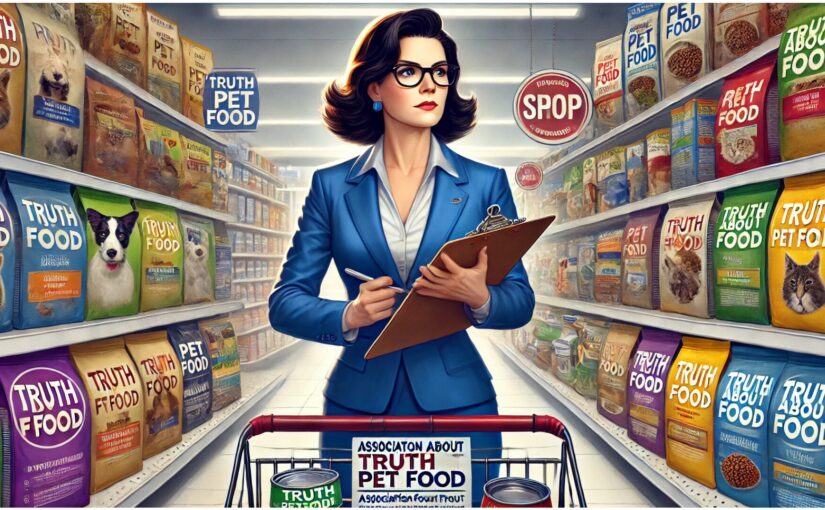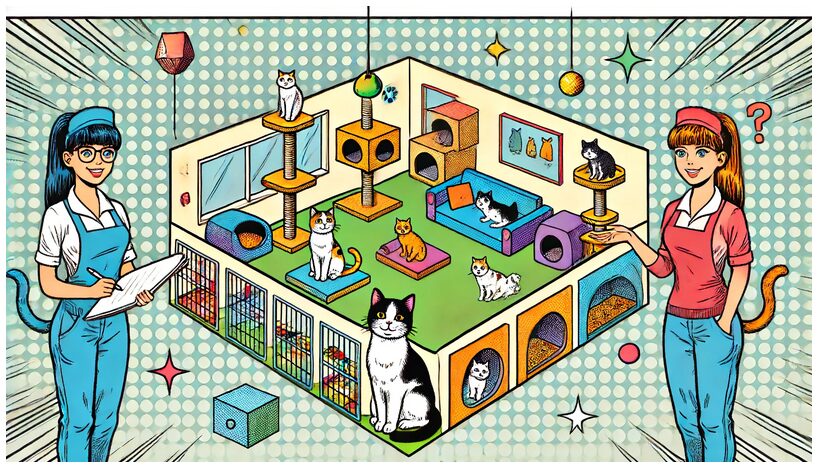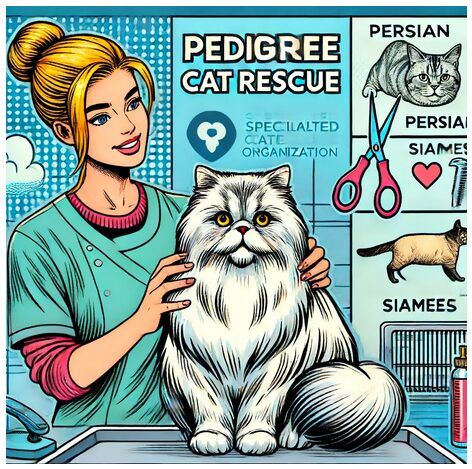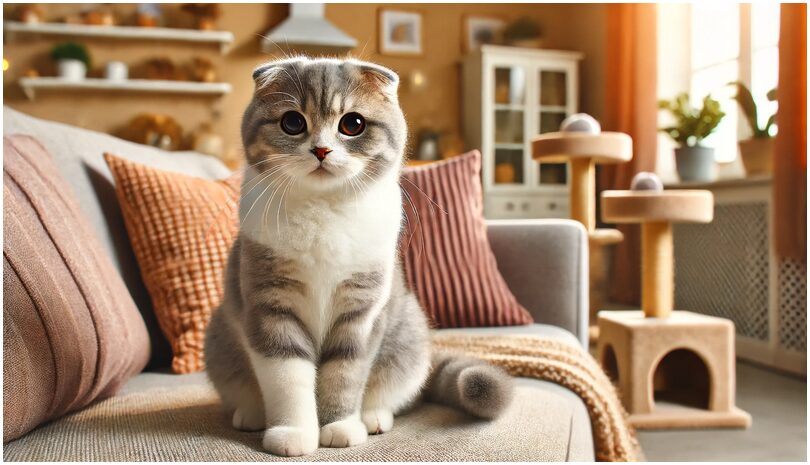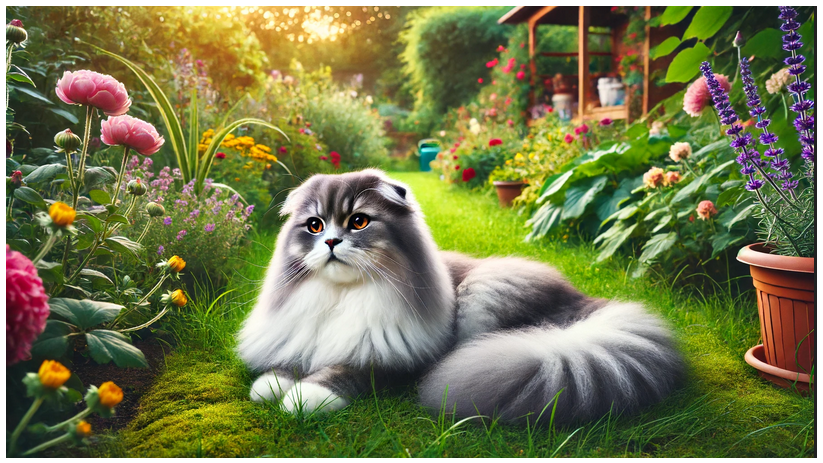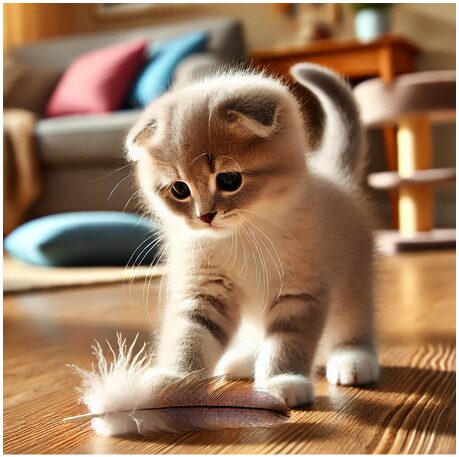Hello, fellow cat lovers! Are you looking to spoil your furry friends with some delicious homemade treats? Not only can making your own cat treats be a fun and rewarding experience, but it also allows you to know exactly what ingredients are going into your pet’s diet. Today, I’m excited to share with you some easy and healthy homemade cat treat recipes that your kitty will adore. Let’s dive in!
Why Make Homemade Cat Treats?
Before we get into the recipes, let’s talk about why you might want to make your own cat treats.
- Healthier Ingredients: Store-bought treats can sometimes contain questionable ingredients, including artificial preservatives, colors, and flavors. Making treats at home lets you use fresh, wholesome ingredients.
- Customization: You can tailor the recipes to suit your cat’s dietary needs and preferences, whether they have allergies, are on a special diet, or just have particular tastes.
- Bonding Time: Cooking for your pet can be a great way to bond. Plus, it’s always satisfying to see your cat enjoy something you made just for them.
Essential Tips for Homemade Cat Treats
- Use Cat-Safe Ingredients: Always ensure that the ingredients you use are safe for cats. Avoid chocolate, onions, garlic, raisins, and anything with xylitol.
- Moderation is Key: Even though these treats are homemade, they should still be given in moderation. Treats should not make up more than 10% of your cat’s daily caloric intake.
- Storage: Most homemade treats do not have preservatives, so store them in an airtight container and refrigerate them. Freeze any extras to prolong their shelf life.
Recipe 1: Tuna and Catnip Crunchies
Ingredients:
- 1 can of tuna in water (drained)
- 1 cup of oat flour
- 1 egg
- 1 tablespoon of dried catnip
Instructions:
- Preheat your oven to 350°F (175°C).
- In a bowl, mix the tuna, oat flour, egg, and catnip until well combined.
- Roll the mixture into small balls and place them on a baking sheet lined with parchment paper.
- Flatten each ball slightly with a fork.
- Bake for 10-12 minutes, or until the treats are golden brown.
- Allow to cool completely before serving.
Recipe 2: Chicken and Sweet Potato Bites
Ingredients:
- 1 cup of cooked chicken breast (shredded)
- 1/2 cup of mashed sweet potato
- 1/4 cup of oat flour
- 1 egg
Instructions:
- Preheat your oven to 350°F (175°C).
- In a bowl, combine the shredded chicken, mashed sweet potato, oat flour, and egg.
- Mix until a dough forms.
- Roll out the dough on a floured surface and cut it into small shapes using a cookie cutter.
- Place the shapes on a baking sheet lined with parchment paper.
- Bake for 15-20 minutes, or until the treats are firm.
- Allow to cool before serving.
Recipe 3: Salmon and Pumpkin Treats
Ingredients:
- 1 can of salmon (drained)
- 1/2 cup of pumpkin puree
- 1 egg
- 1/2 cup of whole wheat flour
Instructions:
- Preheat your oven to 350°F (175°C).
- In a bowl, mix the salmon, pumpkin puree, and egg until well combined.
- Gradually add the whole wheat flour until a dough forms.
- Roll out the dough on a floured surface and cut it into small shapes.
- Place the shapes on a baking sheet lined with parchment paper.
- Bake for 15 minutes, or until the treats are firm.
- Allow to cool completely before serving.
Recipe 4: Cheesy Cat Treats
Ingredients:
- 1/2 cup of shredded cheddar cheese
- 1/2 cup of oat flour
- 1 egg
Instructions:
- Preheat your oven to 350°F (175°C).
- In a bowl, combine the shredded cheese, oat flour, and egg.
- Mix until a dough forms.
- Roll the dough into small balls and place them on a baking sheet lined with parchment paper.
- Flatten each ball slightly with a fork.
- Bake for 10-12 minutes, or until the treats are golden brown.
- Allow to cool before serving.
Recipe 5: Turkey and Spinach Bites
Ingredients:
- 1 cup of cooked turkey (shredded)
- 1/2 cup of finely chopped spinach
- 1/4 cup of oat flour
- 1 egg
Instructions:
- Preheat your oven to 350°F (175°C).
- In a bowl, mix the shredded turkey, chopped spinach, oat flour, and egg until well combined.
- Roll out the dough on a floured surface and cut it into small shapes.
- Place the shapes on a baking sheet lined with parchment paper.
- Bake for 15-20 minutes, or until the treats are firm.
- Allow to cool before serving.
Final Thoughts
Making homemade cat treats is a wonderful way to show your feline friend how much you care. These recipes are easy to make and use simple, cat-friendly ingredients that are sure to please even the pickiest of eaters. Remember to store the treats properly and feed them in moderation. Happy baking!
If you have any questions or want to share your own homemade cat treat recipes, feel free to leave a comment below. We’d love to hear from you!
References:
I hope your kitty enjoys these treats as much as mine do! Until next time, happy baking and purring!
